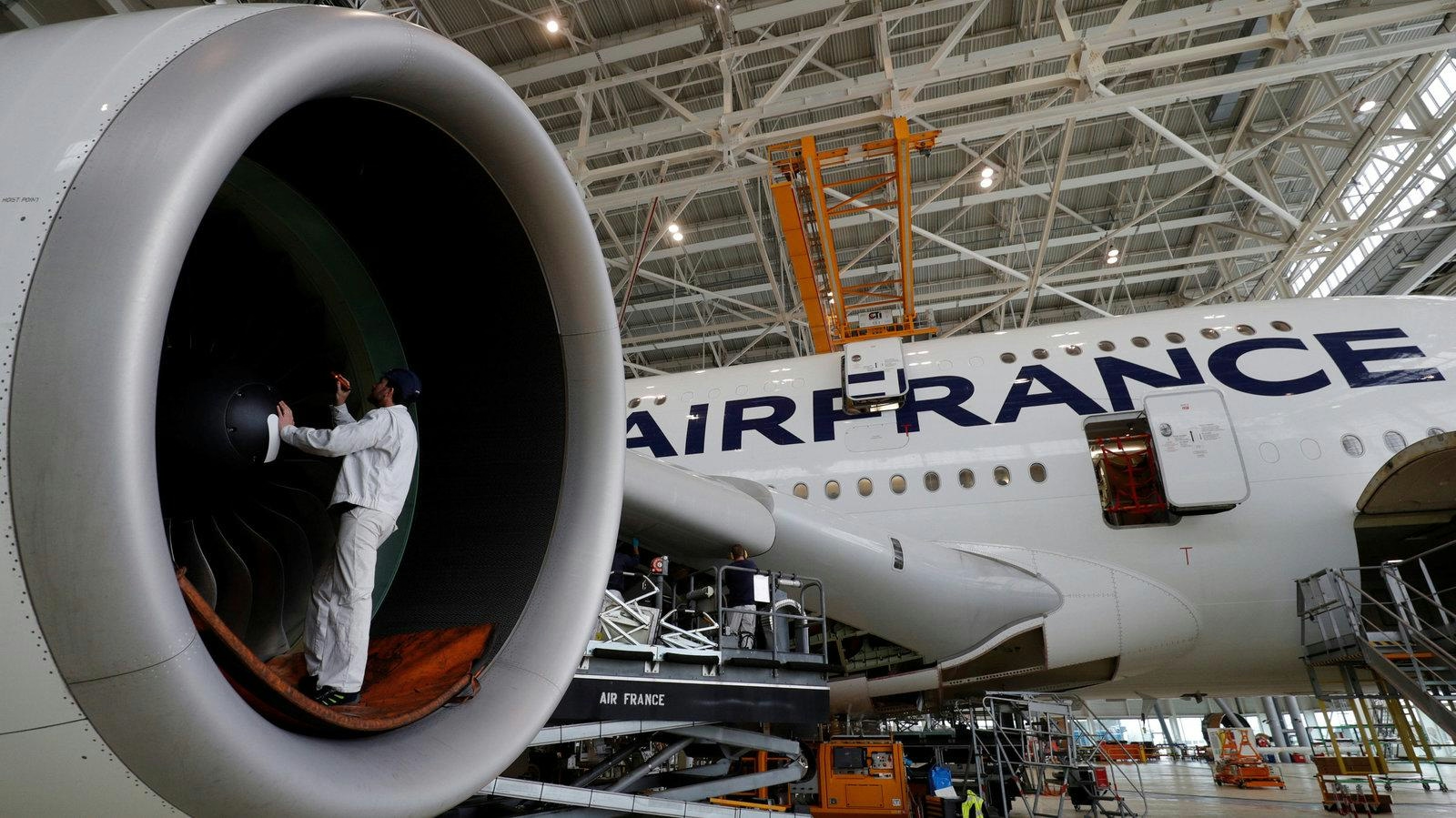
AeroGenie — ваш интеллектуальный второй пилот.
В тренде
Categories
Rising Global Air Traffic Fuels Growth in Commercial Aviation Crew Management Software

Rising Global Air Traffic Fuels Growth in Commercial Aviation Crew Management Software
The global commercial aviation crew management software market is witnessing significant expansion, driven by a resurgence in air traffic and the growing complexity of airline operations. A recent report by DataM Intelligence indicates that the market was valued at US$0.9 billion in 2022 and is expected to reach US$3.4 billion by 2030, reflecting a compound annual growth rate (CAGR) of 8.6% between 2024 and 2031.
As airlines recover from the pandemic and broaden their route networks, the demand for efficient crew management solutions has intensified. These digital platforms play a crucial role in streamlining crew scheduling, ensuring regulatory compliance, managing training programs, and optimizing logistical operations. Such capabilities have become increasingly vital amid heightened regulatory scrutiny and a global shortage of skilled aviation professionals.
Industry Trends and Market Drivers
The commercial aviation sector is confronting unprecedented challenges as global air traffic rebounds. The necessity for advanced crew management software is underscored by several critical factors. Regulatory compliance remains a primary driver, with airlines adopting sophisticated software solutions to meet increasingly stringent safety standards and complex regulatory requirements. Additionally, the industry faces a looming workforce shortage, with projections estimating a need for nearly 1.5 million new pilots, maintenance technicians, cabin crew, and air traffic controllers by 2034 to accommodate growing demand and replace retiring personnel.
Safety management also plays a pivotal role in market growth. The aviation safety management systems market is anticipated to expand from USD 3.5 billion in 2024 to USD 5.8 billion by 2034, at a CAGR of 5.2%. Meanwhile, the aviation safety compliance market is forecasted to reach USD 13 billion by 2034. In response to these trends, leading software providers are incorporating advanced technologies such as artificial intelligence for crew forecasting, real-time disruption management, and predictive fatigue monitoring. For instance, Jeppesen, a Boeing company, recently introduced a cloud-native crew management suite featuring biometric logins and enhanced safety tools.
Key Market Players and Regional Insights
Prominent companies driving innovation in the commercial aviation crew management software market include Prolog Development Centre A/S, Fujitsu, Hitit Computer Services, IBS Software Services, Lufthansa Systems, AIMS Corporation, Hexaware, Optima, Sheorey Digital Systems Pvt Ltd, and Advanced Optimization Systems.
The market is segmented by type—encompassing software, hardware, services, and others—and by application areas such as crew manifest and manning, vacation and absence management, and training. Regionally, North America, Europe, Asia-Pacific, South America, and the Middle East & Africa are all experiencing increased adoption of these solutions. Asia-Pacific and North America lead this growth, driven by rapid airline expansion and evolving regulatory frameworks.
Research Methodology and Outlook
The DataM Intelligence report utilizes a dual-source research methodology, integrating primary and secondary data to analyze industry trends, regulatory impacts, technological advancements, and competitive dynamics comprehensively.
With global air travel on an upward trajectory, the commercial aviation crew management software market is poised for sustained growth. Airlines are progressively investing in digital solutions to meet regulatory requirements, address workforce shortages, and enhance safety measures, thereby ensuring efficient, compliant, and secure operations within an increasingly complex industry environment.

Dubai’s 2026 Plans: Key Developments from Flying Taxis to the Year of the Family

CALC Orders 30 Airbus A320neo Jets to Expand Fleet by 2026

AI in Travel Planning: Benefits, Risks, and Future Prospects

Airline Operated Largest Widebody Fleet in 2025
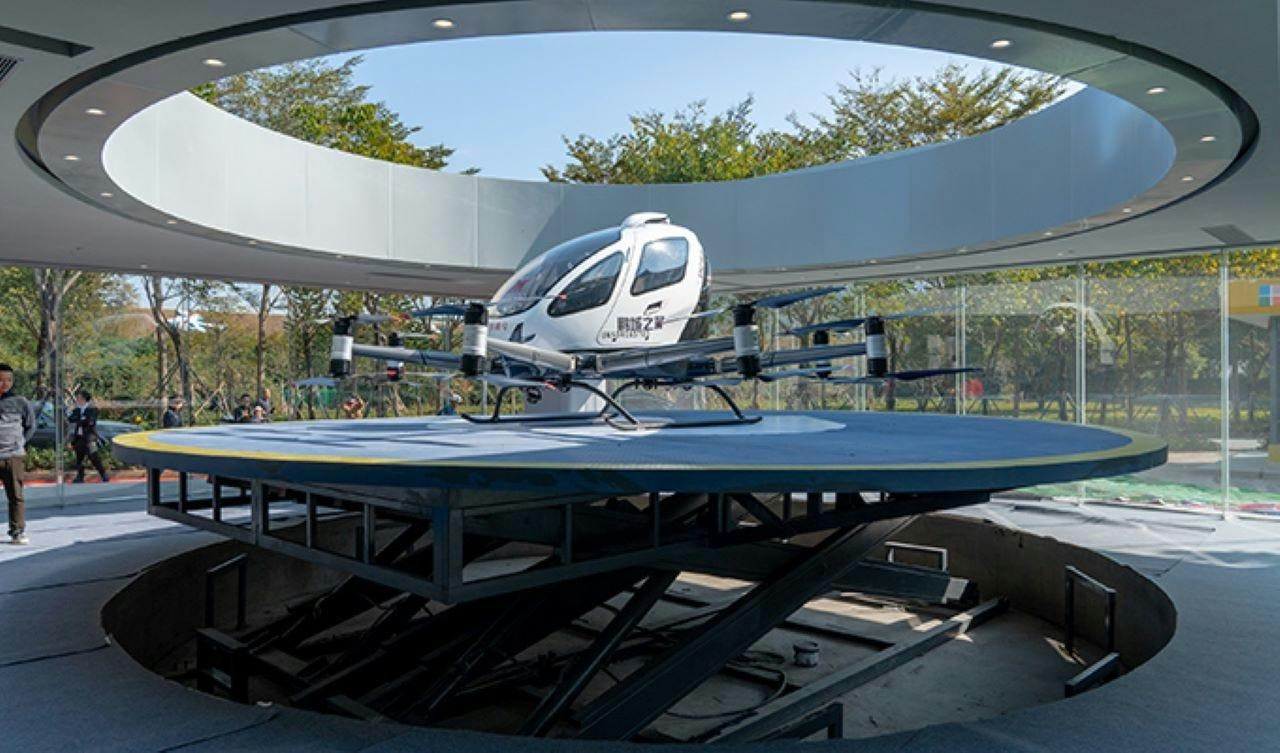
Tel Aviv Plans First Vertiport to Support Air Taxi Services

Pilot’s Distress Call Captures Near-Engine Failure Incident
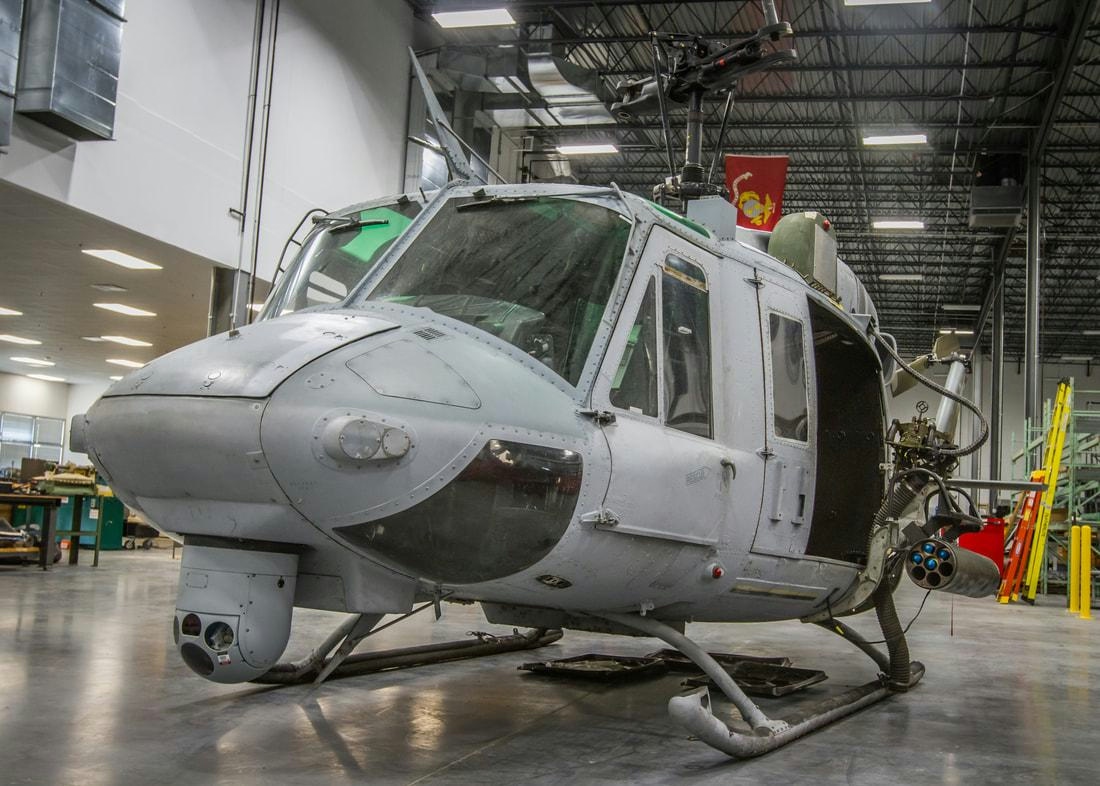
The Small Cold War Helicopter Considered by the Marines for Combat
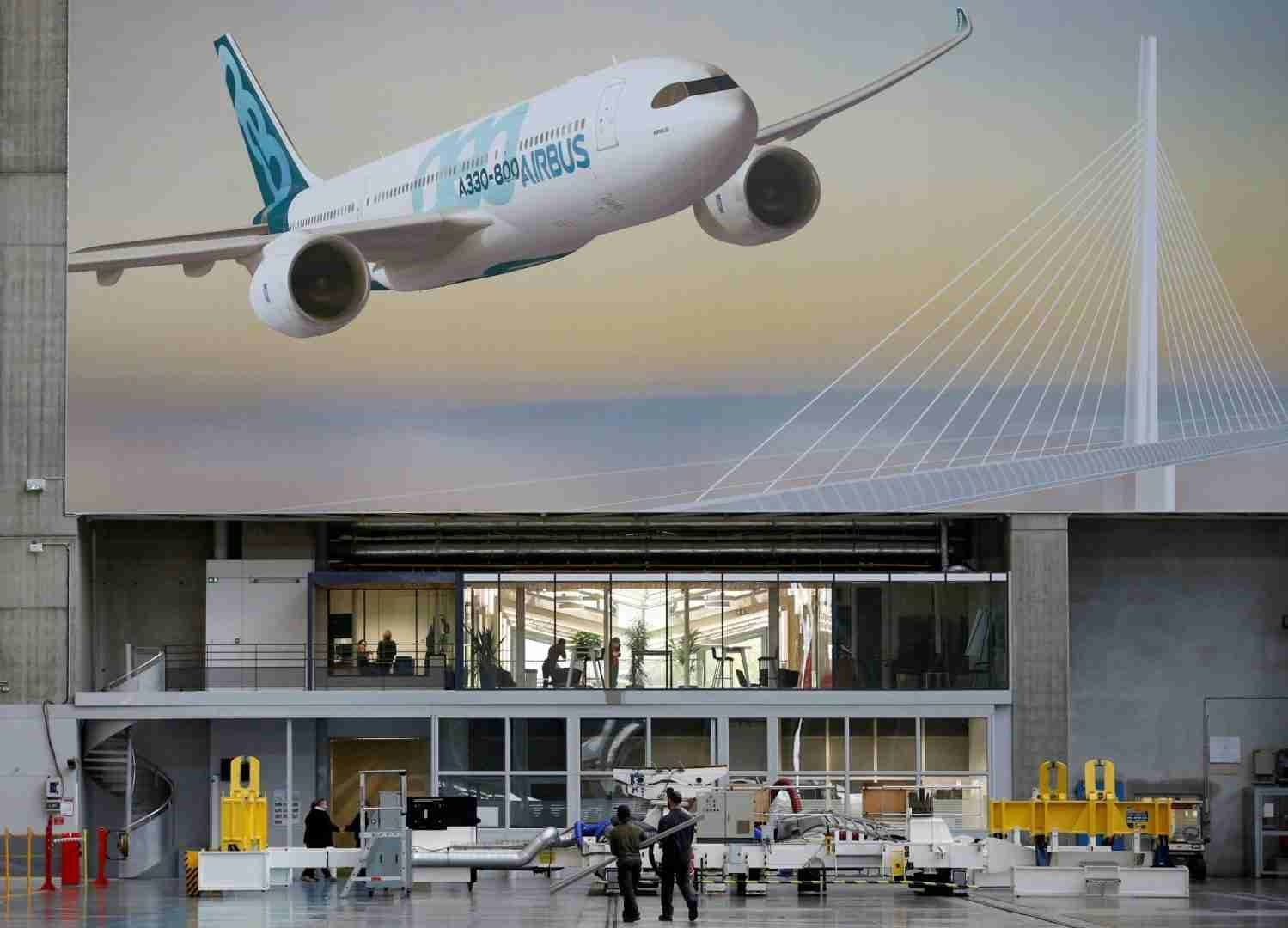
Boeing and Airbus Orders Race in 2025: Who Leads?
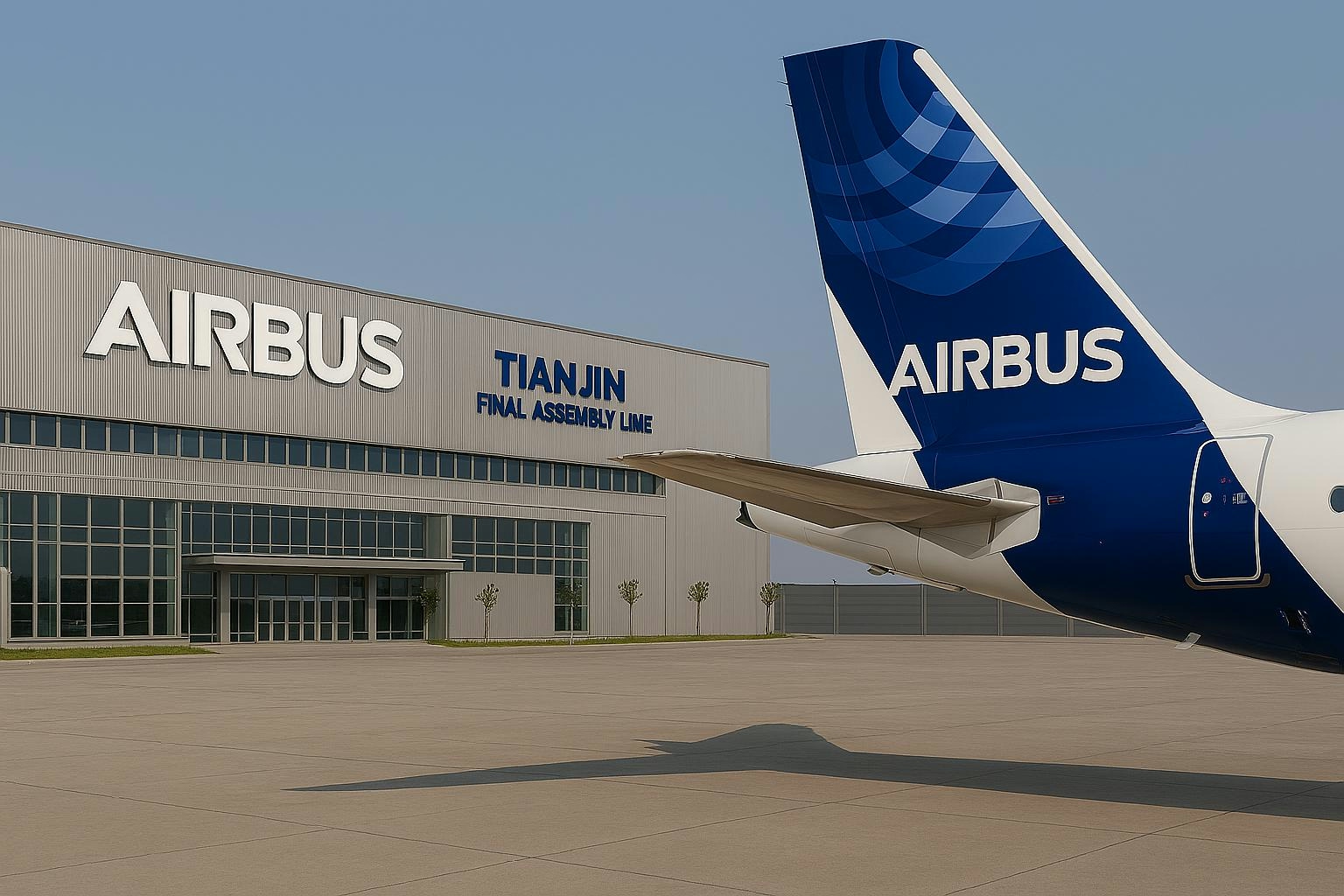
Air China Shares Rise After $9.5 Billion Airbus Jet Order
